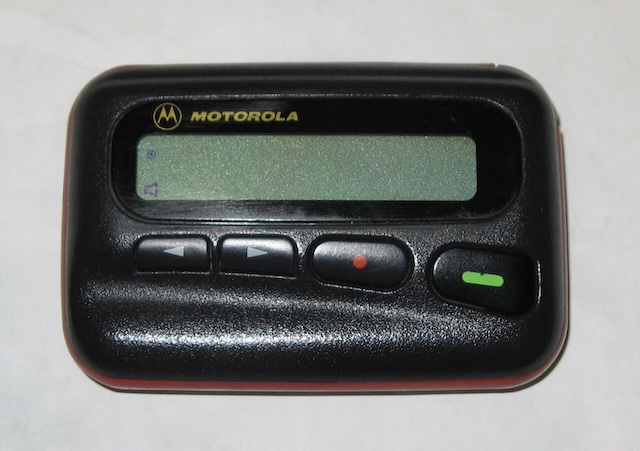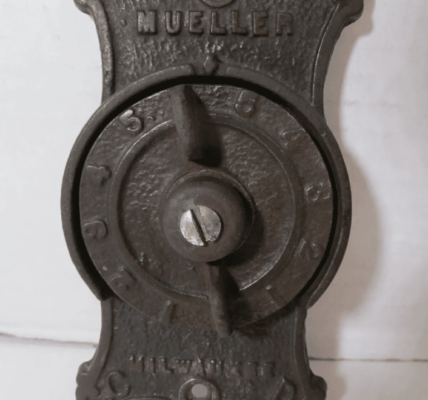The Evolution of Pagers: A Nostalgic Look at the Rise and Legacy of Mobile Communication Pioneers-s1
Pagers, once the pinnacle of mobile communication technology, played a vital role in how we stayed connected before the advent of smartphones. These small, beeping devices revolutionized communication for professionals and the general public alike. In this article, we take a nostalgic look at the history of pagers, their rise to prominence, and their lasting legacy in the modern world.

The Early Beginnings of Pagers
The story of the pager begins in the early 20th century. In 1921, the Detroit Police Department introduced the first pager-like system by equipping police cars with radios. This innovation allowed for real-time communication between officers and headquarters, laying the groundwork for future developments in mobile communication technology. However, it wasn’t until 1949 that the first true pager, known as a “pager,” was invented by Al Gross, a pioneer in wireless communications. Gross’s device could receive radio signals and alert the user with a beep, making it the precursor to the pagers that would become widespread in the decades to follow.
The Golden Age of Pagers in the 1980s and 1990s
The 1980s and 1990s were the golden age of pagers. During this period, these devices became ubiquitous, especially among professionals who needed to stay connected while on the move. Pagers provided a simple yet effective way to send and receive messages quickly, making them essential tools for doctors, first responders, and business executives. Companies like Motorola and NEC dominated the pager market, producing models with various features, including alphanumeric displays and even two-way communication capabilities.
The convenience of being able to receive messages without being tied to a landline was revolutionary at the time. Pagers were not just a tool; they became a status symbol, representing a connected and busy lifestyle. Whether it was a doctor on call, a businessman closing deals, or a teenager receiving messages from friends, pagers were the go-to device for staying in touch.
The Decline of Pagers
The advent of cell phones in the late 1990s and early 2000s marked the beginning of the decline of pagers. Cell phones offered more advanced features, such as voice calls, text messaging, and internet access, which quickly made pagers seem outdated. The versatility of mobile phones, combined with their rapidly decreasing cost, led to a sharp decline in pager use. By the mid-2000s, smartphones had all but replaced pagers, offering an all-in-one communication solution that rendered the simpler technology of pagers obsolete.

Pagers in Modern Times
Despite their decline in popularity, pagers have not completely disappeared. They continue to play an important role in certain industries, particularly healthcare. Hospitals and emergency services still rely on pagers due to their reliability and ability to function during network outages—a critical feature in life-or-death situations. Modern pagers have evolved to include encryption and advanced security features, ensuring that sensitive information remains protected. Their simplicity and dependability continue to make them valuable tools in environments where reliable communication is paramount.

The Lasting Legacy of Pagers
The history of pagers is a testament to the rapid evolution of communication technology. From their early beginnings in the 1920s to their peak in the 1980s and 1990s, pagers left an indelible mark on the way we communicate. They were the first devices to truly enable mobile communication, setting the stage for the development of cell phones and, eventually, smartphones.

While pagers may no longer be a common sight, their legacy lives on in the devices we use today. The instant communication that pagers introduced has become a fundamental aspect of our daily lives, whether through text messages, instant messaging apps, or push notifications. The pager’s influence can also be seen in the design of modern communication tools, which prioritize ease of use, reliability, and the ability to stay connected on the go.
Conclusion

Pagers, once the lifeline of mobile communication, have become a nostalgic relic of the past. However, their impact on the way we communicate is undeniable. They paved the way for the smartphones we rely on today, introducing the concept of mobile messaging and setting the standard for reliability in communication. As we look back at the history of pagers, we can appreciate the role they played in shaping the world of modern communication. Though they may no longer be in widespread use, the legacy of pagers continues to influence the technology that keeps us connected in today’s fast-paced world.




